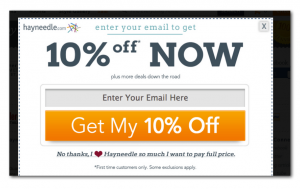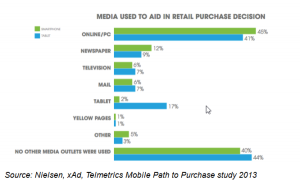3D Ads: Important New Trend — Or Just Super-Annoying?
3D films have been around for more than a century, and have been mostly relegated to a niche category, with the exception of 2009’s “Avatar.”
If you do a Google search for “3D advertising,” what you get is mostly outdoor ads with materials stuck on to simulate a 3D interaction. Some recent electronic billboards, like this one from Seoul, South Korea, presents a wave that appears about to crash through the confines of the installation.
Now, Twitter and Meta appear to be on the verge of offering 3D interactive ads.
Twitter has announced Product Explorer ads, which will give advertisers the chance to showcase their products in 3D on Twitter. Customers will be able to swipe and rotate a brand’s products to see them from different angles. Consumers can then click directly to the ad’s shop button and visit an advertiser’s website.
Meta, meanwhile, plans to let brands run 3D ads on Facebook and Instagram. Such beauty brands as Lancome, NYX and Laura Mercier are early adopters, Meta says. Meta announced a deal with VNTANA last month, which will let brands upload 3D models of products and convert them into ads.
For Meta, such ads fit nicely into its vision of the metaverse, a computer-based approximation of the real world that is still in its infancy.
With each advertising innovation like this, I think of the 2002 film “Minority Report,” which features a scene of Tom Cruise trying to avoid 3D ads that are trying to catch his eye and call his name as he walks through a mall.
At the moment, I don’t have any desire to experience 3D ads, and I picture them as more of an annoyance than anything.
For me, a better solution for a brand is to have such technology available on its website. So, if I’m interested in a new Oreo, I can go to Oreo’s site and see how it looks and maybe experience it in 3D. But I’m unlikely to enjoy being accosted by a 3D ad that is targeting me — and I don’t expect that many other people will be, either.
(14)




